UK: Bean-caper Hawkmoth, D: Doppelblattschwärmer; Bohnenkapernschwärmer, RUS: Parnolistnikovyi Brazhnik, E: esfinge del frijol de las alcaparras
Sphinx zygophylli Ochsenheimer, 1808, Schmetterlinge Europa 2: 226.Type locality: Southern Russia [Turkestan].
(Taxonomic note. In such a variable species, especially one which responds to local climatic conditions, the creation of separate taxa for pale individuals from the former Soviet Turkestan and Mongolia cannot be justified.)
[Further details on this species, as well as photos of all stages, can be found on Lepiforum.]
Holarctic; western Palaearctic region. Pleistocene refuge: Polycentric -- Turanoeremic and Mongoloeremic refugia.
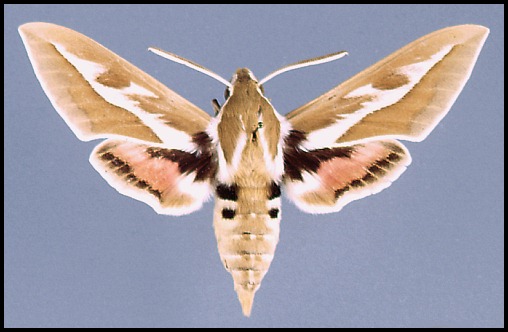
Wingspan: 60--75mm. Forewing yellowish brown with a narrow, yellowish white, median stripe running from base of inner margin to apex, from which one or two branches extend towards costa; wing margin yellowish. Forewing much narrower than in related species. Similar to some forms of Hyles livornica (Esper, 1780). Variable in both colour intensity and size of markings; specimens from drier areas tend to be paler, with more yellow coloration.
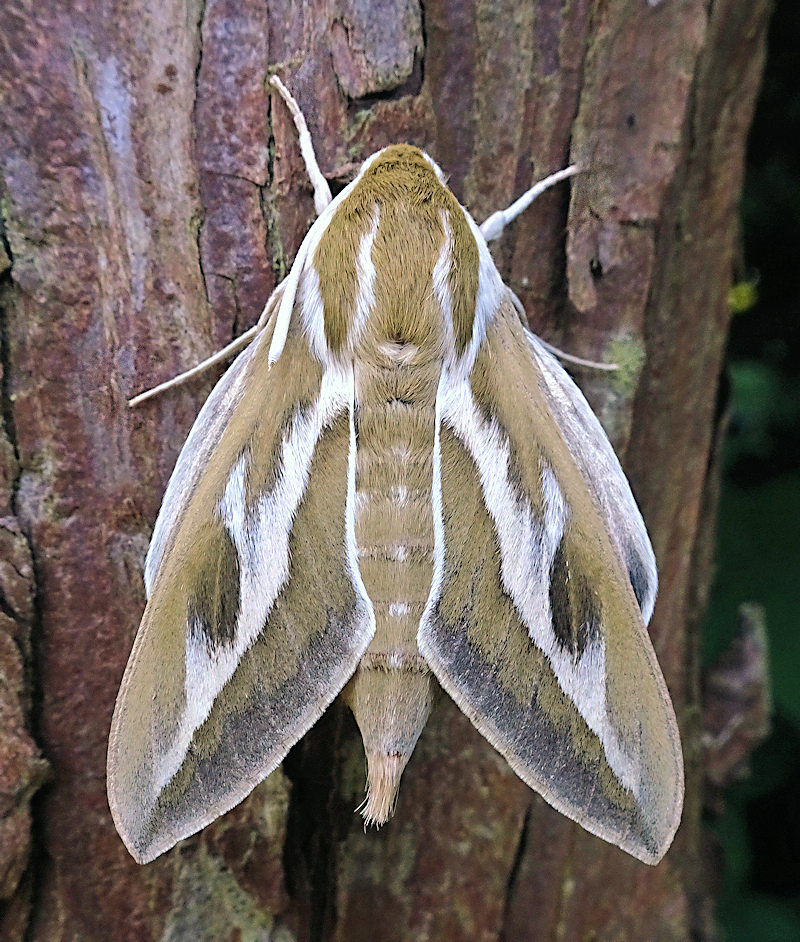
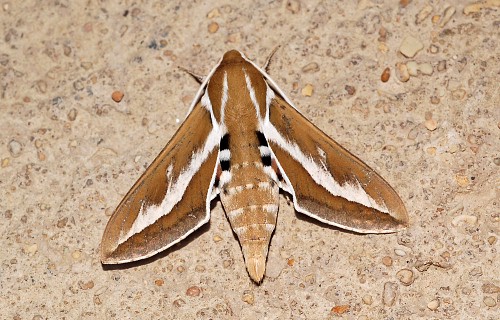
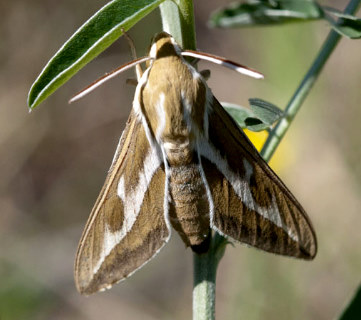
Occurs on hot alkaline flats, sand-dunes and arid stony hillsides where Zygophyllum fabago (Syrian bean-caper) grows, as well as sparse riverine scrub in more arid areas.
The adults behave very like those of Smerinthus kindermannii, another typical arid zone species from the same region. In other words, males will often fly and pair during daylight, with the females usually pairing within 24 hours of emerging; the adults do not need to feed. Females emerge with large fully-formed eggs in them and start laying on the first night after pairing and, in captivity, will lay quite freely on the netting of the pairing cage.
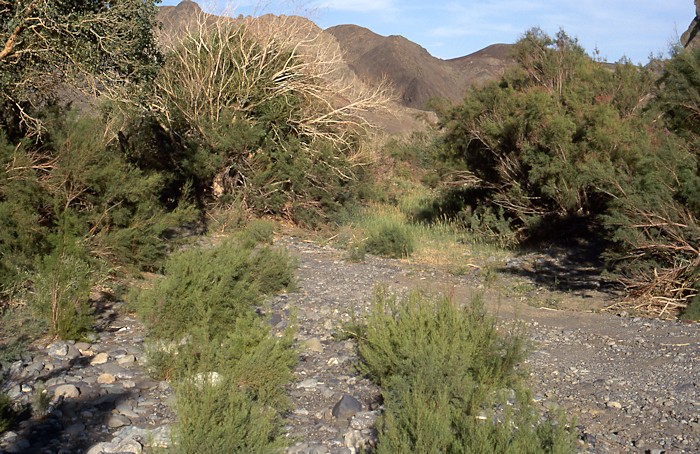
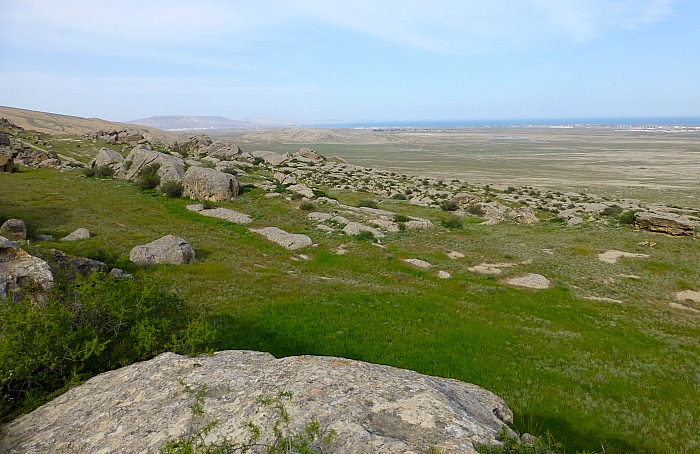
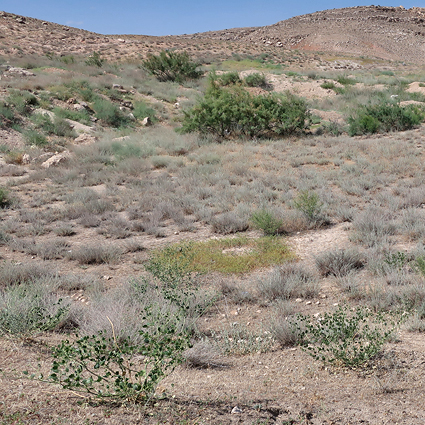
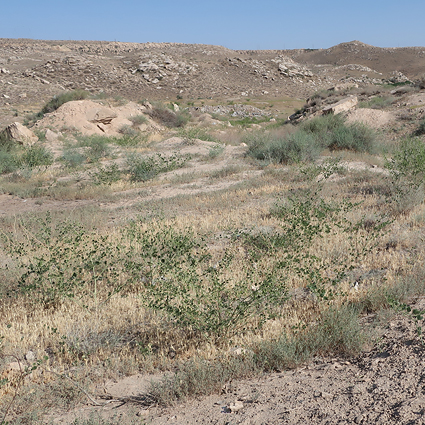
End of April to mid-May, July/August and sometimes up to September in two to four generations. In cooler mountainous areas, most are to be found during June/July, with a partial second generation in late September/October. In the Urmia region of Iran there can be up to four generations (Emami, Karimpour & Lotafalizadeh, 2021).
OVUM: Larger than most species of Hyles, spherical (about 1.1 mm in diameter), milky blue-green. Laid on the underside of a leaf, hatching from two to five days later.
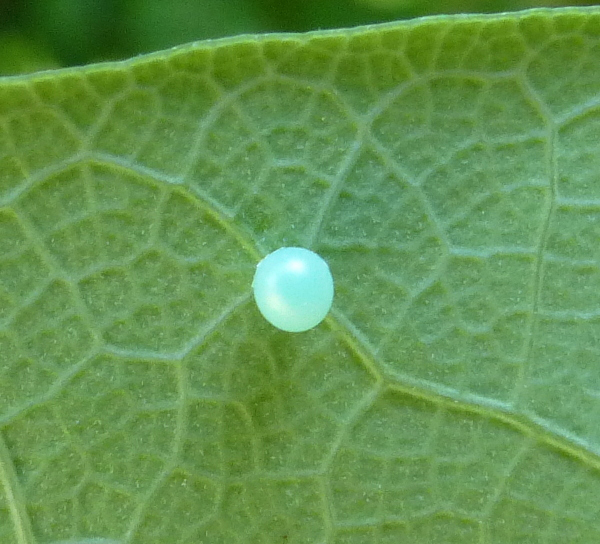
LARVA: Full-fed, 70--80mm. Polymorphic. Unfed first instar larvae are uniform pale greenish-yellow with a dark horn (Emami, Karimpour & Lotafalizadeh, 2021). Fully grown, primarily pale green or yellow, with a black reticulate pattern dorsally and laterally; ventro-lateral and lateral surface unmarked. A narrow yellow dorso-lateral band with small black-ringed yellow or white eye-spots of variable size. In some the head, dorsal line, horn and anal claspers are black; in others they are yellow or pale green. All forms have a yellow band beneath the orange or white spiracles.
On hatching, the larva takes up a position along the midrib on the lower surface of the leaf. During later stages, most feed fully exposed, clinging to a stem while avidly consuming leaves and flowers. From egg to pupa takes approximately 30 days.
Common between May and September, sometimes later (October) in hot localities. Mitroshina (1989) recorded densities of 83.3 larvae per 100 hostplants examined for northern Turkmenistan.
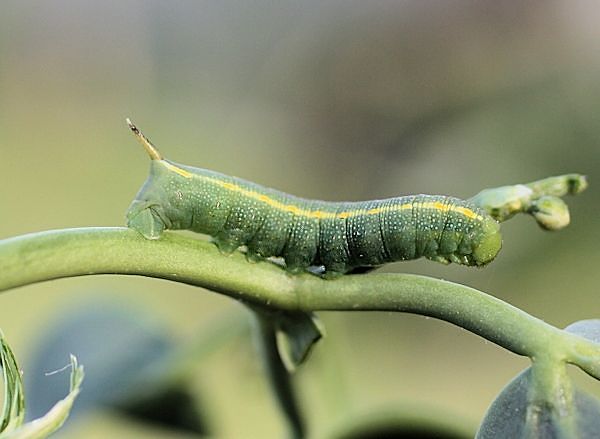
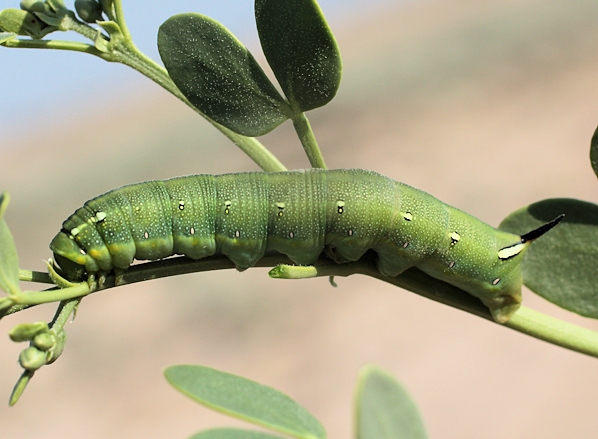
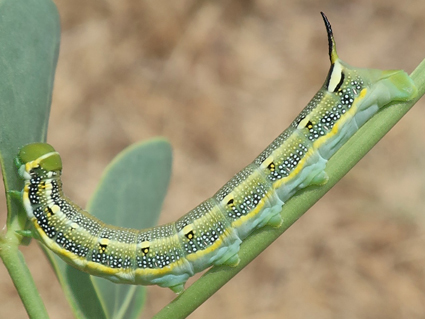
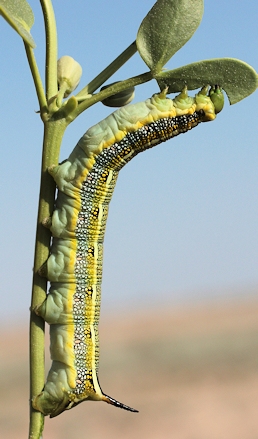
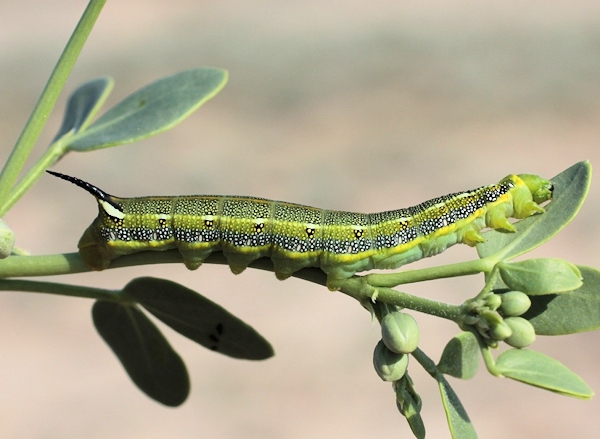
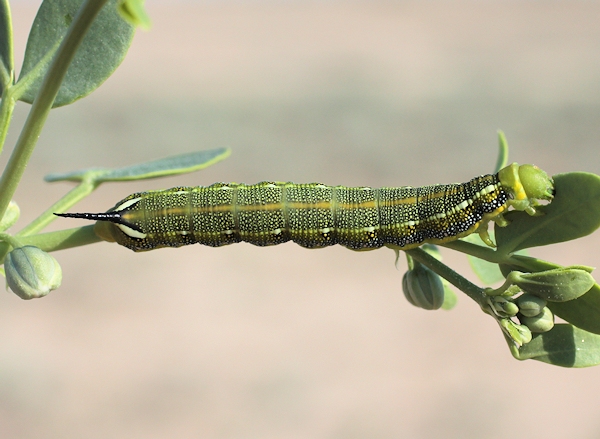
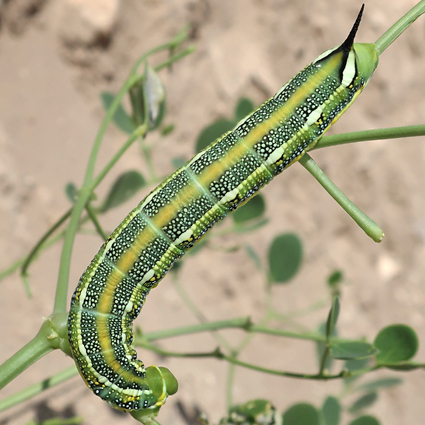
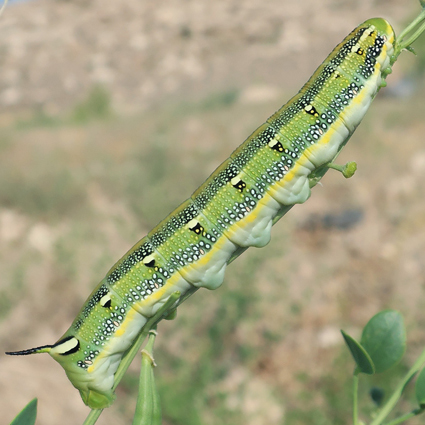
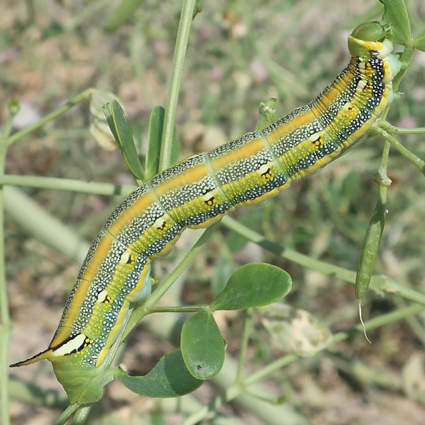
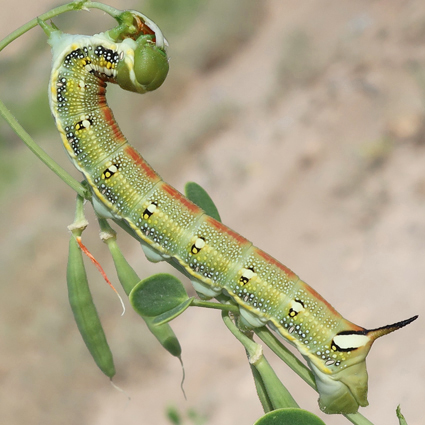
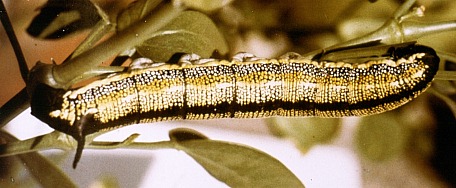
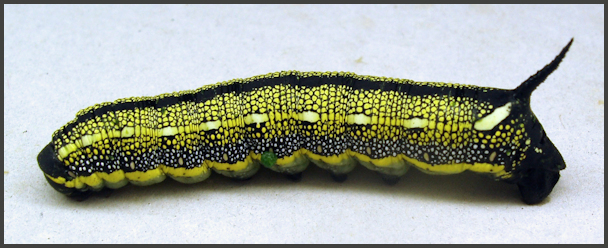
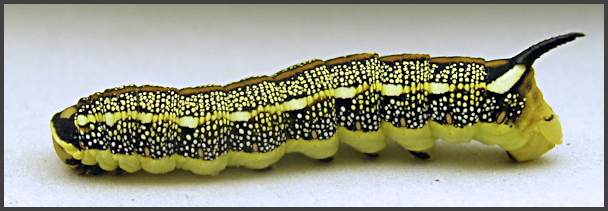
Major Hostplants. Usually Zygophyllum fabago. Other species of Zygophyllum are utilized locally, such as Zygophyllum oxianum (Mitroshina, 1989), Zygophyllum eichwaldii, and Zygophyllum rosowii Bunge (Toropov, Milko, Zhdanko & Evdoshenko, 2023).
Minor Hostplants. Possibly the flower-heads of Eremurus. Tribulus will be accepted as an alternative hostplant by most captive larvae, and may thus also be a wild host. Fagonia is another possibility.
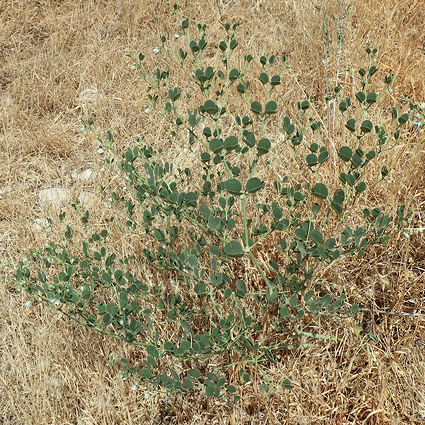
PUPA: 40--50mm. Light, sandy brown, with fine dark lines. In summer, this stage lasts no more than eighteen days. Overwinters as a pupa 2-6 cm down in the soil (Emami, Karimpour & Lotafalizadeh, 2021).
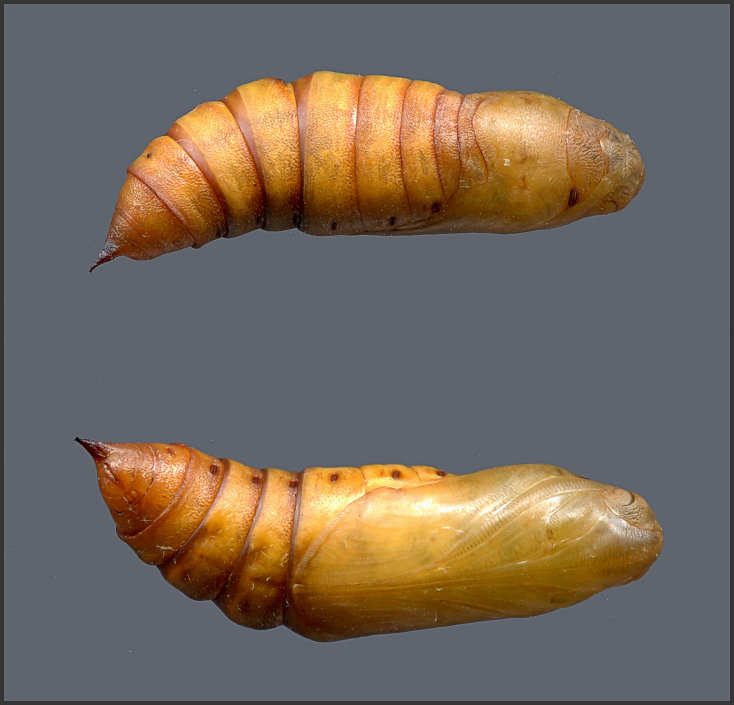
Chalcididae: Proconura barbara (Masi, 1929) - pupae; Tachinidae: Masicera sphingivora (Robineau-Desvoidy, 1830) and Tachina praeceps (Meigen, 1824). All were recorded from the Urmia region of Iran by Emami, Karimpour & Lotafalizadeh (2021).
Western Turkey (Danner, Eitschberger & Surholt, 1998), central and eastern Turkey (de Freina, 1979; de Freina, 2012; Koçak & Kemal, 2018), northern Syria, the Republic of Georgia (Didmanidze, Petrov & Zolotuhin, 2013), Armenia (Didmanidze, Petrov & Zolotuhin, 2013; Wąsala & Zamorski, 2015; Vyacheslav Ivonin & Yanina Ivonina, pers. comm. 2022) and Azerbaijan (Didmanidze, Petrov & Zolotuhin, 2013; Snegovaya & Petrov, 2021), Daghestan (Abdurahmanov, 1999), the lower Volga valley of Russia, eastern Transcaucasia (with its main stronghold in the low-lying areas around the Caspian Sea (Bieberstein, 1809; Eversmann, 1844)), northern Iran (Danner, Eitschberger & Surholt, 1998; Emami, Karimpour & Lotafalizadeh, 2021), Turkmenistan (Toropov, Milko, Zhdanko & Evdoshenko, 2023), most of Kazakhstan (Shovkoon, 2015), Uzbekistan (Kondratiev coll., NHMUK; Shermatov et al., 2021; Toropov, Milko, Zhdanko & Evdoshenko, 2023), Kyrgyzstan (Eitschberger & Lukhtanov, 1996; Korb, 2018; Toropov, Milko, Zhdanko & Evdoshenko, 2023), Tajikistan (Grum-Grshimailo, 1890), northern Afghanistan (Ebert, 1969), and western Xinjiang Province, China (Pittaway & Kitching, 2000).
There is one record of a vagrant from Croatia (a specimen in the Carnegie Museum, labelled 'Dalmatia' (Ian Kitching, pers. comm. 2005)). Via vagrants, this species may colonize Romania in the future, where Zygophyllum fabago has become quite widespread (König, 2003).
Extra-limital range. Northern and central Xinjiang Province, China (Pittaway & Kitching, 2000) east to Shaanxi Province (Eitschberger, 1999), and north to southern Mongolia (Derzhavets, 1977; Saldaitis & Ivinskis, 2006; Knyazev, Makhov, Matov & Yakovlev; 2020; Makhov, Matov & Lukhanov, 2024) and the Selenga River valley, Buryatia, Russia (Pascal Régnier, pers. comm. 2012).
None.
 Return to species list
Return to species list